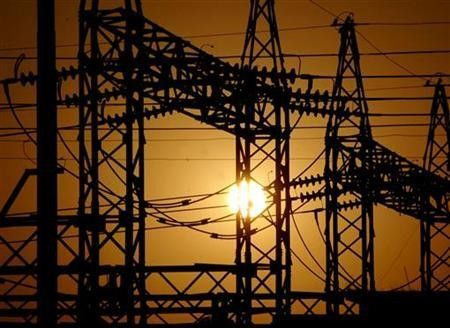India Blackout Shows Urgent Need For Infrastructure Spending Boost
OPINION

The huge power blackout across much of northern India has highlighted the subcontinent’s woeful and aging energy infrastructure grid.
India’s antiquated and overburdened system simply cannot meet the demand of an emerging superpower – the latest power outage that threw almost 700 million people into darkness and misery reveals that India is still a Third World country and needs to spend mightily on infrastructure to become the superpower it aspired to.
In May of this year almost three months before this cataclysmic energy collapse, the Infrastructure Development Finance Co. Ltd. (IDFC) warned that India will have to increase infrastructure spending to 10 percent of GDP by the year 2017 in order to sustain annual economic growth of 9 percent.
(In the first quarter of 2012, India’s annualized growth rate slid to 5.3 percent, a nine-year low).
Pradeep Singh, IDFC’s managing director, said during a presentation at the annual meeting of the Asian Development Bank in Manila, that India’s current spending on infrastructure amounts to 8 percent of the GDP, versus 9 percent for China.
India’s Central Electricity Authority estimates that failure to meet peak power demand cuts about 1.2 percent of annual economic growth. The Confederation of Indian Industry said the blackout has already cost Indian companies $107.5 million.
Eric Dutram, an ETF strategist for Zacks, agreed, in the wake of two straight days of power failure in India, that New Delhi will have to boost infrastructure spending dramatically.
“The country currently ranks in the bottom third for overall quality of infrastructure including the bottom 20 percent in terms of electricity supply and telephone lines, underscoring just how desperate the situation has become in India,” he wrote.
Prime Minister Manmohan Singh, whose Congress government has been widely criticized for corruption and incompetence, recently unveiled a plan to attract $400 billion in infrastructure investments over the next five years to ease the country's power shortages.
India’s power infrastructure is not only faltering and obsolete, but the government controls 90 percent of electricity assets, leading to many inefficiencies and allegations of corruption.
“This (blackout) highlights how poor infrastructure remains the biggest drag on the Indian economy,” D.H. Pai Panandiker, president of RPG Foundation, an economic policy group based in New Delhi, told Bloomberg.
“The power sector remains too over-regulated. Unless private companies are allowed greater involvement, the problems are going to remain.”
© Copyright IBTimes 2024. All rights reserved.




















